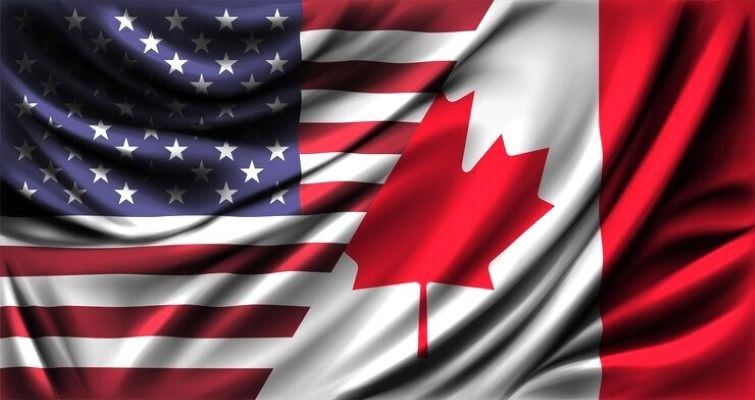[
ISLAMABAD:
The federal government has approved a partial reversal of its earlier decision to completely abolish or reduce regulatory duties on about 285 imported products in the next fiscal year, partially rolling back a move that had placed a dozen industries at a disadvantage.
Previously, the government had planned to abolish or substantially reduce regulatory duties on approximately 1,984 tariff lines under a new policy aimed at slashing protection for local industries by 52% over five years. According to sources, of these tariff lines, 285 will now undergo further changes, and new duties will be notified by Monday.
The Tariff Policy Board on Friday approved the rationalisation of regulatory duties on finished goods. This will also reduce the projected revenue losses from the tariff rationalisation plan — from Rs200 billion to Rs174 billion.
The original intent was to cut import duties on raw materials and semi-finished goods. However, the government also ended up reducing duties on finished goods, which are locally produced. While there is consensus that industries should not receive undue protection, completely exposing them to Chinese competition was also deemed unwise, given the need to protect jobs.
Sources said the government has moved a summary for cabinet approval via circulation. Once notified, the Federal Board of Revenue (FBR) will issue a statutory regulatory order on Monday to revise duty rates.
“This was a much-needed U-turn, as the previously finalised duty rates had placed local industries on a path to closure,” said a member of the steering committee. He added that the government has decided the regulatory duty reduction in the first year will be lower than initially planned.
For example, instead of eliminating the regulatory duty on polyester fiber entirely, the product will now be subject to a 2.5% duty.
Under the revised policy, the average applied tariff rate will decrease from 20.2% to 9.7% over five years — a 52% drop.
Initially, the government had planned for the average tariff rate to fall to 15.7% in the first year, cutting the protection wall by 22.3%. This was to be achieved by reducing the average customs duty to 11.2%, additional customs duty to 1.8%, and regulatory duty to 2.7%.
Sources said the decision was reversed after some members of the steering committee informed Prime Minister Shehbaz Sharif that, contrary to the assumptions of faster export growth, exports might grow slowly — potentially eroding Pakistan’s already thin foreign exchange reserves.
The original tariff reduction plan was prepared by both foreign and local consultants, who, critics say, lacked knowledge of ground realities. The secretary commerce told the National Assembly Standing Committee on Finance that macroeconomic projections — such as higher export growth and slower import increases — were prepared by the World Bank.
Following revisions, the number of tariff lines on which regulatory duties will not be changed in the first year has increased from 828 to 970. As a result, 142 tariff lines are being moved to slabs currently charged at 20% or less.
Earlier, the government had planned a 20% reduction in regulatory duties on 602 items. Now, the one-fifth reduction will apply to only 538 tariff lines, with 64 lines excluded from this round of cuts.
A major change affects the original plan of a 50% reduction in regulatory duties. Instead of halving duties on 551 tariff lines, the government will now apply the 50% reduction to about 473 lines. The remaining 78 lines — mostly related to finished goods — will see no change.
Rana Ihsaan Afzal, the Prime Minister’s Coordinator on Commerce, said the ultimate goal of reducing average tariffs to 9.7% over five years remains intact, although the pace has been slowed in the first year.
According to the plan, the government will eliminate additional customs duties in four years, regulatory duties in five years, phase out the 5th Schedule of customs law in five years, and reduce the number of tariff slabs to four, with a maximum rate of 15%, also within five years.
The World Bank’s model projected that exports would grow by 10-14%, while imports would increase by only 5-6%. However, the State Bank of Pakistan and some cabinet members disagreed with these assumptions.
When asked about the projections during a National Assembly Standing Committee on Finance meeting last week, Finance Minister Muhammad Aurangzeb said, “These are assumptions — some may work and some may not.” The committee was informed that revenues would grow by 7-9%, compared to an estimated Rs500 billion loss under static calculations. For the next fiscal year, the FBR’s net revenue gains from the tariff rationalisation will now rise to Rs74 billion.
Prime Minister Shehbaz Sharif had constituted a steering committee, chaired by Muhammad Aurangzeb, to oversee the implementation of the new tariff policy. After receiving feedback from stakeholders, the committee informed the prime minister that a majority of its members believed the original proposal should be retained.
However, it has now been decided that tariff lines initially slated for a complete regulatory duty reduction in the first year will instead face a 50% reduction.



